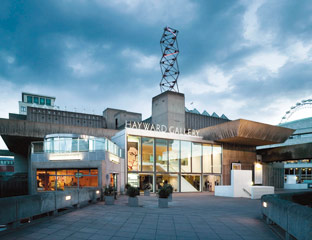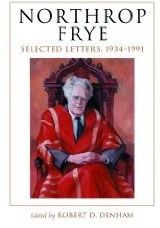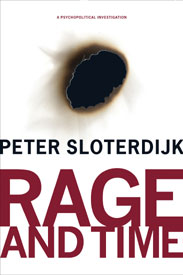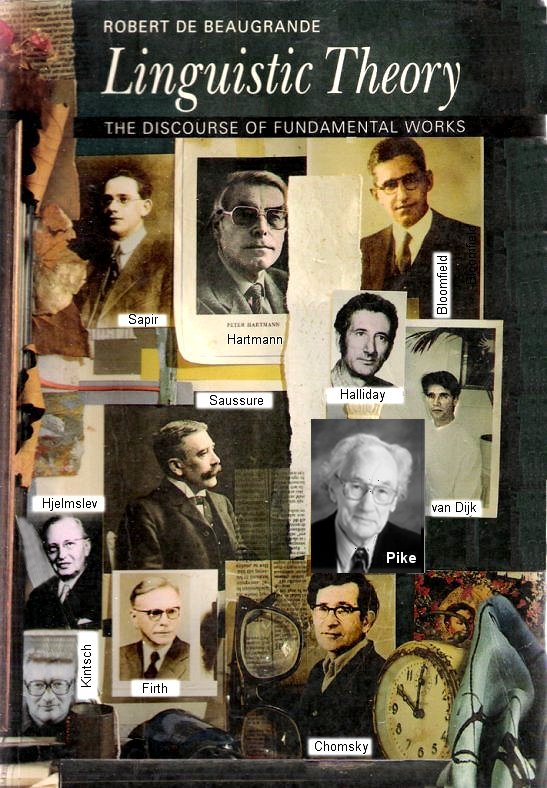. . . on iWise (Wisdom on Demand).
Category Archives: Frye Alert
Frye Alert
Fencingbearatprayer (a professor of medieval history in Chicago who professes to “love Frye”) has put up a favorite Frye quote in her blog here.
Frye Alert
PSFK is a New York City based trends research and innovation company that publishes a daily news site, provides trends research and innovation consultancy, manages a network of freelance experts and hosts idea-generating events. We aim to inspire our readers, our clients and our guests to make things better – whether that’s better products, better services, better lives or a better world.
— From the PSFK Website
I’m not sure exactly what most of that entails, but I do know that PSFK put up a long post yesterday — “Four Storytelling Genres of Brand Re-Invention” — adapting Frye’s theory of myths wholesale (although they probably should have valued it retail). A sample:
The literary critic Herman Northrop Frye explored the typology of narrative genres. He emerged with a core set, you might call the Four Seasons; Romance, Tragedy, Comedy, and Irony. These archetypal genres play an important role in the history of literary traditions, media, and the cultural psyche. Frye argued that most stories about the human experience fall into one of these four general buckets. There’s some great insight to draw on when it comes to the process of re-invention.
1. ROMANCE represents a “back to origin” story thru re-commitment to core values and re-interpretation of the past.
This is a very popular genre that guides many if not most brand re-inventions. The Obama political campaign was based on these principles. While the message was built on change, it was always in the context of fulfilling our ancient promise and manifest destiny as a nation. Those famous Moleskine notebooks is equally a story of an almost defunct brand with legendary origins, brought back from obscurity and re-packaged for the new context of culture creatives.
Another great example is that of Apple. Just last week Apple replaced Microsoft as the largest market cap tech company in the world. Yet back in 1997, Apple was in a different place. When Steve Jobs returned, it was on the brink of bankruptcy, and a strong acquisition target. Jobs re-ignited the fire – by reminding people of the company’s DNA and its legacy for free-spirited ingenuity. Its no small coincidence, that equally in 1997 Apple launched its groundbreaking Think Different campaign. It announced first to itself and then the world, that it remembered who it really was.
2. TRAGEDY is the classic redemption storyline.
We love it when our heroes fall from grace only to get back up for another chapter. It’s how Donald Trump and Martha Stewart got a second chance and each became ever bigger global brands. And it’s what both Toyota and Tiger Woods are now desperately praying they can accomplish.Domino’s Pizza is an example of a big brand success to give us hope. The brand hit rock bottom last year after two employees posted a Youtube video with distasteful food pranks played on unsuspecting customers. The scandal that ensued but Domino’s in the brand reputation hot seat.
Fast forward to the spring 2010. Domino’s current campaign is a mea culpa to the world. In the ads, executives acknowledge how they lost touch with the quality and taste of their product. In turn, they listened soberly to customer complaints and have re-formulated their pizza into something they can be proud of. They’ve also created a marketing campaign with incentives for people to come back and give them a chance. Two medium pizzas for just $5.99 each! I’m getting hungry just thinking about it.
Frye Alert
A notice from The Hayward Gallery, London, 28 May 2010:
The British Art Show Prelude
Three of Britain’s most exciting emerging artists–Roger Hiorns, Phoebe Unwin, Mick Peter–the Turner Prize-nominated artist, the painter and the sculptor use Northrop Frye’s model of seasons/genre to explore some issues in contemporary British art. Chaired by Tom Morton and Lisa Lefeuvre, Curators of British Art Show 7.
Northrop Frye on Facebook
For real. Here.
Frye on “Space and Shape Pollution”
The Saunterer — aka H. Charles Romesburg, Professor of Environment and Society, Utah State University — cites Frye from the recently released Northrop Frye: Selected Letters on urban “space and shape pollution” in a March 9th, 1970 letter to A. E. Parr:
I have been living in Toronto for forty years, have seen it change from a quite habitable town to the usual wilderness of freeways and highrise apartment buildings, and consequently I have experienced something of what you call the realities of sentiment and nostalgia. I am quite convinced that space and shape pollution is quite as important a social problem as noice and dirt. (Northrop Frye: Selected letters, 1934 – 1991. McFarland Publishers, 2009)
You can read the full post here. Take some time to browse around the blog. It’s worth the effort.
Frye Alert
Scott Maclemee in The National, an English-language newspaper published in Abu Dhabi, reviews Peter Sloterdijk’s Rage and Time: A Psychopolitical Investigation, and cites Frye to make sense of the unusual genre that Sloterdijk writes in.
That genre is the anatomy, a rambling prose form that now seems old-fashioned. The locus classicus is Richard Burton’s The Anatomy of Melancholy, but the label also covers works of fiction such as Jonathan Swift’s satires and Aldous Huxley’s novels. “At its most concentrated,” writes Northrop Frye, the form “presents us with a vision of the world in terms of a single intellectual pattern” that is the product of a particular temperament or psychic state. There is always something wild and excessive about how ideas are developed in an anatomy; it’s as if an encyclopaedia were having a nervous breakdown. The anatomist – to continue quoting from Frye’s own Anatomy of Criticism – “shows his exuberance in intellectual ways, by piling up an enormous mass of erudition about his theme or in overwhelming his pedantic targets with an avalanche of his own jargon.”
The entire review can be read here.
Frye Alert: “The Modern Construction of Myth”
Andrew Von Hendy’s The Modern Construction of Myth (Bloomington: Indiana UP, 2003) includes an interesting section on Frye (you can read it here). Hendy has an impressive knowledge of modern theories of myth, and he certainly sees real strengths in Frye’s approach. His treatment, however, is restricted to the Anatomy and, perhaps because of this, he is dissatisfied with Frye’s understanding of the social context of literature. His position is that Frye’s view of the transformational power of literature is ultimately “romantic”–a purely personal projection that exalts the individual self over society. (This is neither a fair construction of Frye or, for that matter, of romantic writers like Shelley and Blake.) Thus Frye’s emphasis on the hypothetical and disinterested condition of literature is understood as a failure to address myth’s relationship to immediate social concerns and the concrete reality of history.
This is a typical criticism of Frye’s work. As he himself recognized, one of the unfortunate outcomes of the Anatomy’s enormous celebrity and influence is that it overshadowed Frye’s later elaborations and refinements of the myriad concepts it introduced, in particular his dynamic understanding of the role of both literature and literary criticism in society. Bad faith and vested interests being what they are, the crude assessment of Frye as an aloof and disengaged formalist is now a shibboleth for many, most of whom have never read the Anatomy.
Hendy is not one of them; he is in good faith and has certainly read the Anatomy carefully. His treatment is far from dismissive. His analysis is worth reading.
Frye Alert
Linguist Robert de Beaugrande, who died in June 2008, set up a very generous website of his books and articles here. One of those books is Critical Discourse: A Survey of Contemporary Literary Theorists (1988). His chapter on Frye is here.
This book has been cross-posted in the Denham Library. We will link to all books posted online involving Frye as we discover them.
Frye Alert
A Marylhurst University student, Sarita Ruckert, has posted her essay on The Great Code and the books of Esther and Jonah here.







